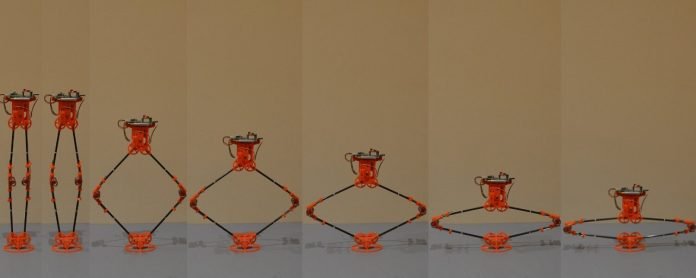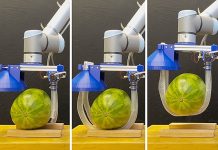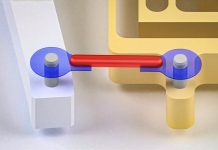
Engineers at The University of Manchester have made an incredible breakthrough by designing a robot capable of jumping 120 meters high—higher than any other jumping robot ever made.
This new robot can jump over twice the height of Big Ben’s tower, which stands at about 96 meters.
Using a mix of mathematics, computer simulations, and lab experiments, the researchers figured out the perfect size, shape, and arrangement of the robot’s parts to make it jump extremely high.
The highest-jumping robot before this could reach up to 33 meters, which is impressive but not even close to the new record.
The team’s findings were published in the journal Mechanism and Machine Theory, and their work could change the way we use robots in many areas, from exploring other planets to rescuing people in disaster zones or monitoring dangerous places.
Dr. John Lo, a Research Associate in Space Robotics at The University of Manchester and a co-author of the study, explained, “Most robots move by rolling on wheels or walking with legs.
But jumping is a great way to get around in places with rough terrain or lots of obstacles, like caves, forests, or even on other planets.”
Current jumping robots have a big problem: they don’t use all their stored energy when they jump, which makes their jumps less efficient and limits how high they can go. These robots also tend to waste energy by moving side to side or rotating instead of going straight up.
The new robot design aims to fix these issues. It focuses on making sure the robot uses all its energy in a single jump and eliminates unnecessary movements. The researchers had to make many decisions about the robot’s shape and size.
Should it have legs like a kangaroo or work more like a piston with a giant spring? Should it be symmetrical like a diamond or have a more curved shape?
Dr. Ben Parslew, a Senior Lecturer in Aerospace Engineering and co-author, shared, “We had to answer many questions and make important decisions about the robot’s design. Small robots are light and agile, but large robots can carry bigger motors for more powerful jumps.
We found that the best design moves the robot’s weight towards the top and makes the legs lighter and shaped like a prism. Using springs that only stretch also helps improve the robot’s performance and energy efficiency.”
The researchers are now focused on the next steps. They want to control the direction of the jumps and figure out how to use the energy from the landing to power more jumps. They are also working on making the robot more compact, which would be useful for space missions, making it easier to transport and use on the moon.
This new jumping robot design is an exciting advancement in robotics, promising to make robots more efficient and capable of tackling challenging environments both on Earth and in space.
Source: University of Manchester.



